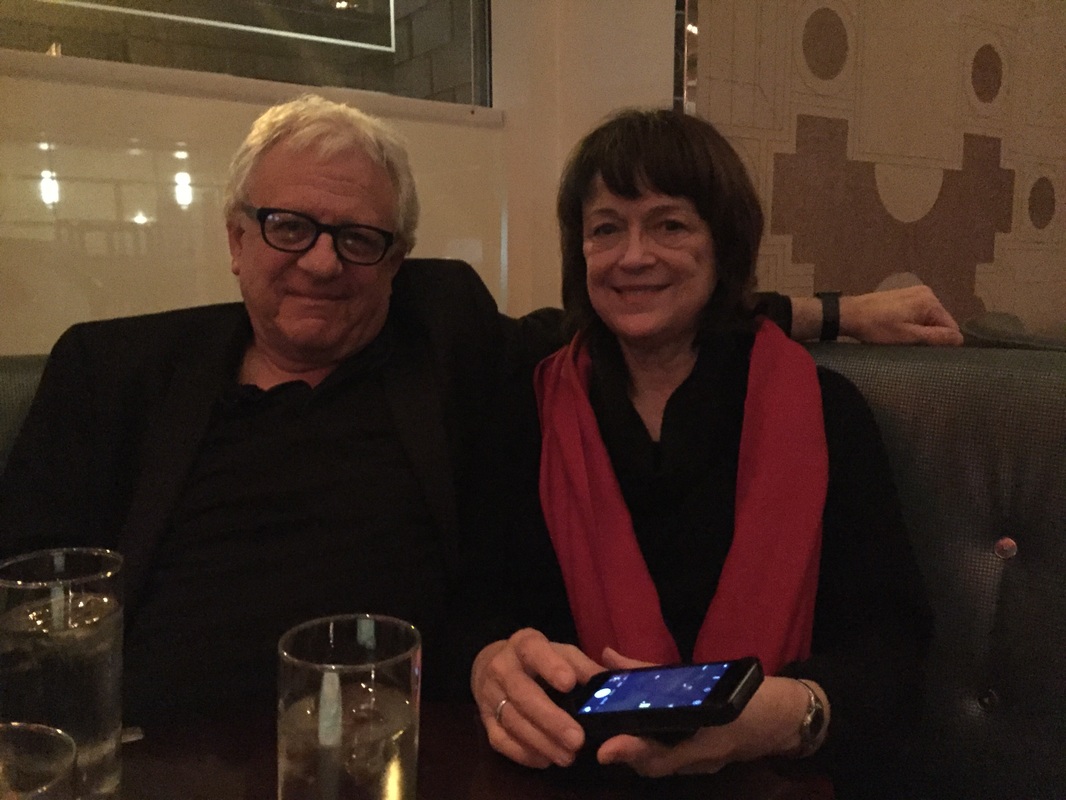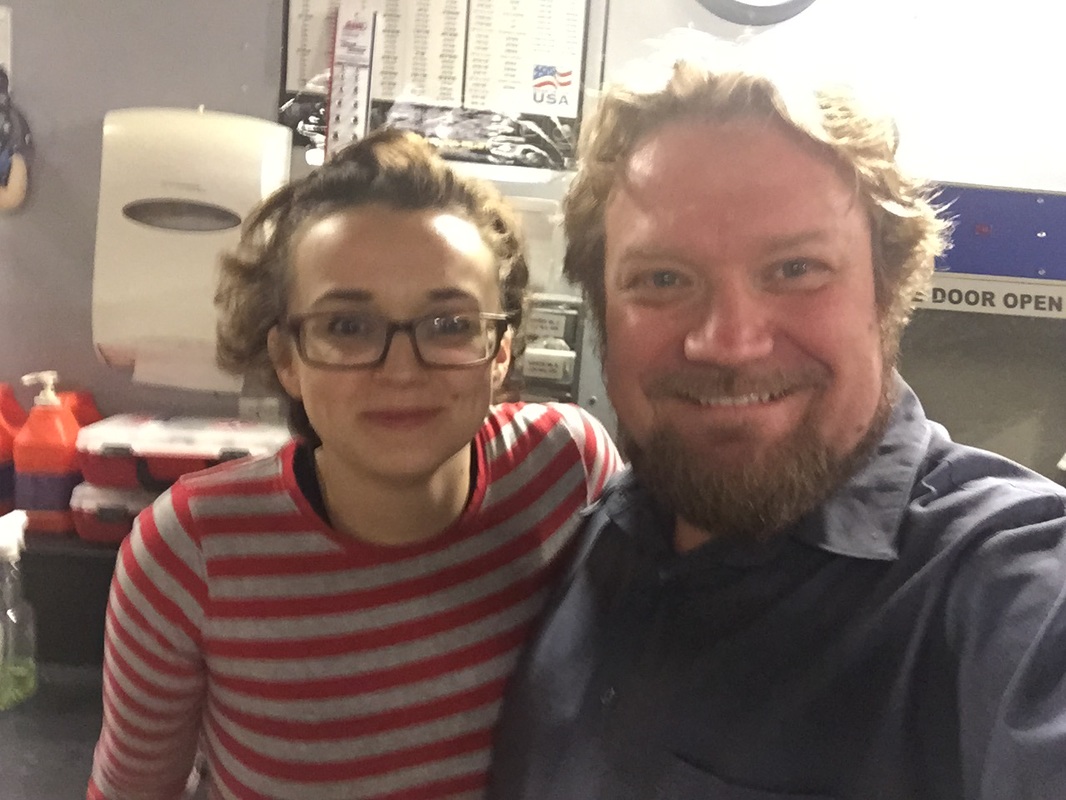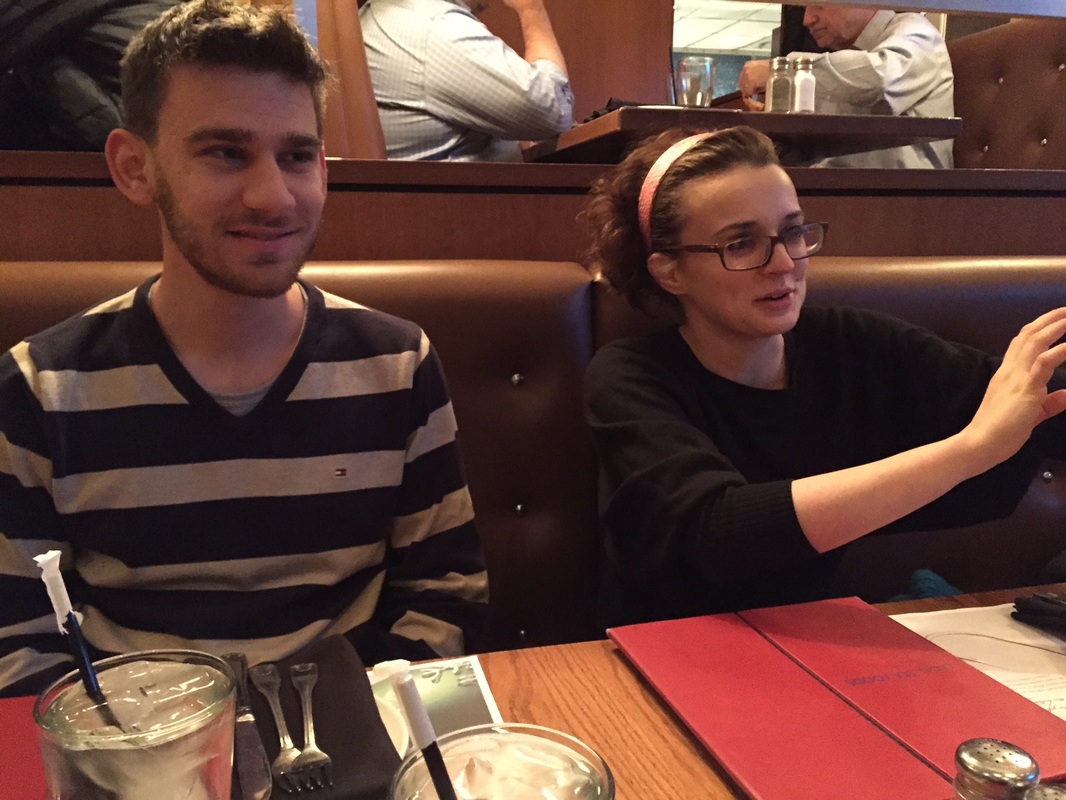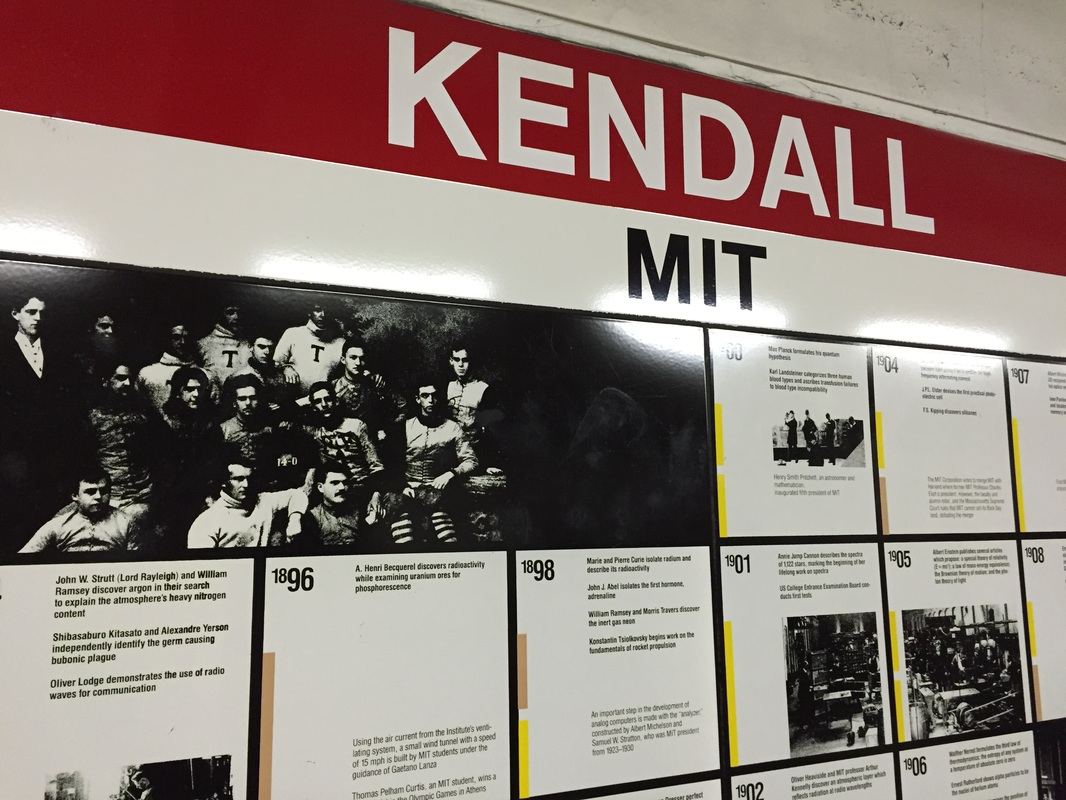... and she's even more amazing in person than one could ever hope: Linda Buck!!
0 Comments
I saw an electronic nose! Thanks to Andreas, Thras, Simmie and Jamie and the team for inviting me. Hopefully more to come.
|
AuthorAnn-Sophie Barwich Archives
July 2024
Categories |




 RSS Feed
RSS Feed